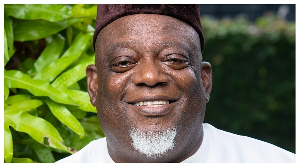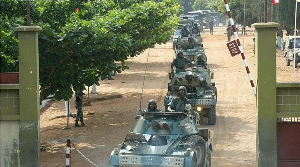After saving years to buy a brand-new car, your car starts shimmying, brake starts to fade and grab and the car doesn’t crank. This was due to a precaution you failed to adhere to. You now have to spend extra money fixing the car but decide to become economical.
You thought the car gets fixed however the car after every month invites another problem. After just one year, you have no other choice than to relinquish it.
To juxtapose the above scenario to a professional footballer’s, some battle with injuries now and then with finances spent on their injuries to get them back to the field. Some use the right means while others go in for cheaper options and don’t get the best of recoveries.
After short periods of professional time as footballers they retire due to their injury woe. However, having a longer professional football life sounds good right? Let me walk you through some injury prevention tips.
Injury prevention in sports usually has multiple areas of focus. This article aims at reviewing vital areas of concern for not only most footballers but also football teams. Working in each of these areas will not account for injuries after contact, however, it might prevent it from non-contact injuries.
Shall we begin?
Screening for History of Injury.
Players with a history of previous injuries are more likely to injure themselves again at the same spot. It is therefore important to give your sports medical team the insight of any previous injury.
Your physiotherapist with the sports medical team would target conditioning and strengthening programs tailor-made for specific muscles that have been shown problematic in the past and stabilize the joints such as the ankle.
Strength training
Your physiotherapist apart from prescribing specific strengthening exercises for your activities would also implement muscle-strengthening routines for injury prevention. Before a football season commences, make sure you’re well trained. During the off-season stick to a balanced fitness program, your physiotherapist and coach prescribe.
If you are out of shape at the start of the season, your physiotherapist together with your coach would gradually help you increase your activity level and slowly build up to a higher fitness level. This would help minimize the risk associated with immediate return to high fitness activities.
Warm-Up
Warm-ups increase blood circulation to activated muscles to meet oxygen demands. Research studies have shown that cold muscles are more prone to injury. Warm-up with jumping jacks, running or walking in place for 3 to 5 minutes.
Then slowly and gently stretch, holding each stretch for 30 seconds. Always take time to warm up and stretch, especially your hips, knees, thighs, and calves.
Cool Downs
Stretching at the end of practice is too often neglected because of busy schedules. Stretching can help reduce muscle soreness and keep muscles long and flexible. Be sure to stretch after each training practice to reduce your risk for injury.
Monitoring Players
Footballers need to undergo full physical and wellness evaluation including medical laboratory tests and x-rays before the start of the season to determine readiness and/or identify any possible conditions of concern.
Footballers and the sports medicine team should ensure that players never play through the pain. If footballers experience serious pain, continuing activity could worsen their condition and cause serious injuries. Activities must be halted to allow the sports medical team to examine the pain and manage injuries.
The physiotherapist would gradually involve you in activities to enable you return to training and activities to prevent further injuries.
Proper equipment and playing environment
The risk of football injury can be further reduced by using appropriate and proper fitting equipment. Football boots should have studs that suit the playing surface. They should also fit properly and provide adequate protection for the foot. Shin pads should be worn always to protect the leg.
The pitch for football training and matches should be well maintained and without holes, bald spots or debris. Football should be made of non-absorbent synthetic leather. Natural leather can become waterlogged in wet conditions, making the ball heavy and dangerous to play with.
Injury prevention measures in football should be employed rightly as prescribed and advised by the physiotherapist to increase professional years as footballers. You also don’t want to spend the season on the sidelines during league matches and you certainly don’t want the pain and disability that result from injury.
Do yourself a favor by strengthening your body with a soccer-oriented training program, warming-up before competitive games and training sessions, wearing appropriate and well-fitting equipment, playing in safe environments and cooling-down after exertion.
By Gabriella Acquaye, Physiotherapist at the Holy Trinity Medical Centre
Sports Features of Saturday, 22 February 2020
Source: ghanasoccernet.com

















